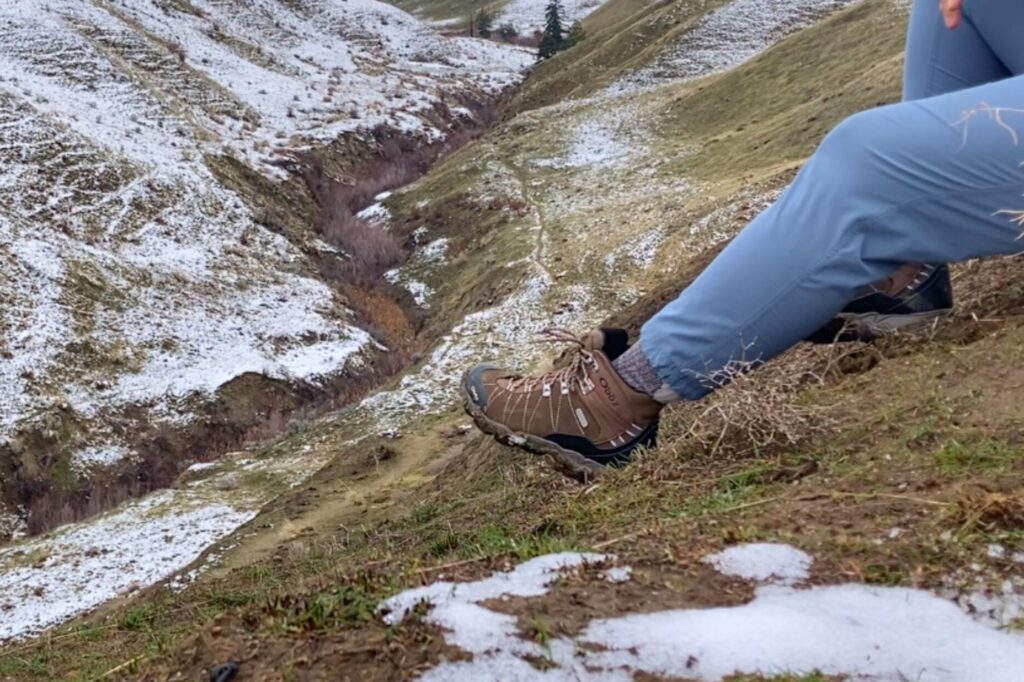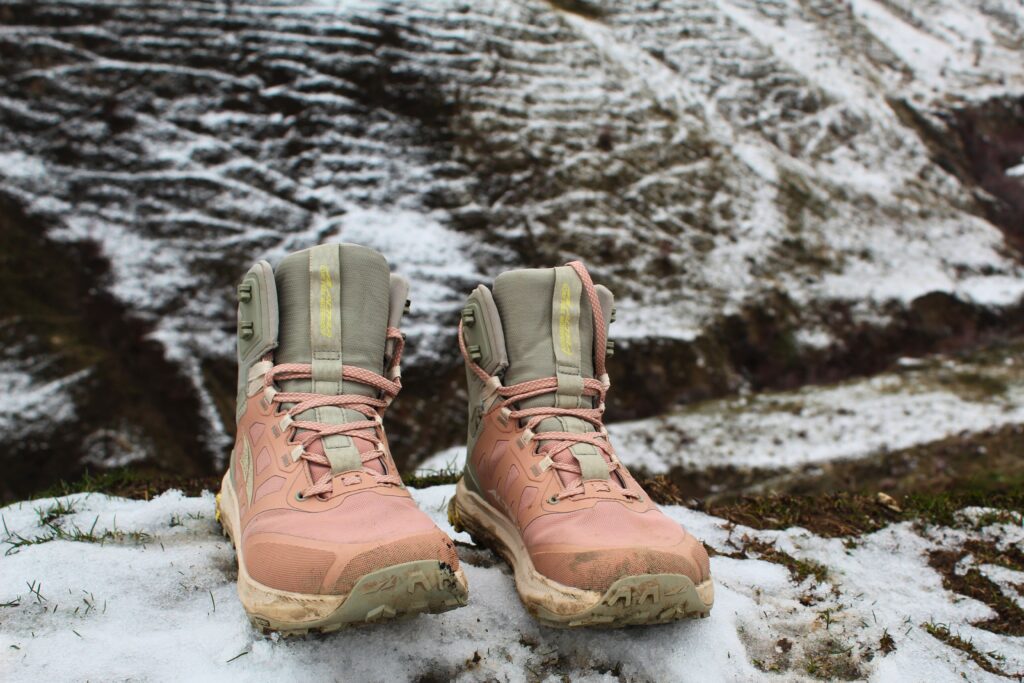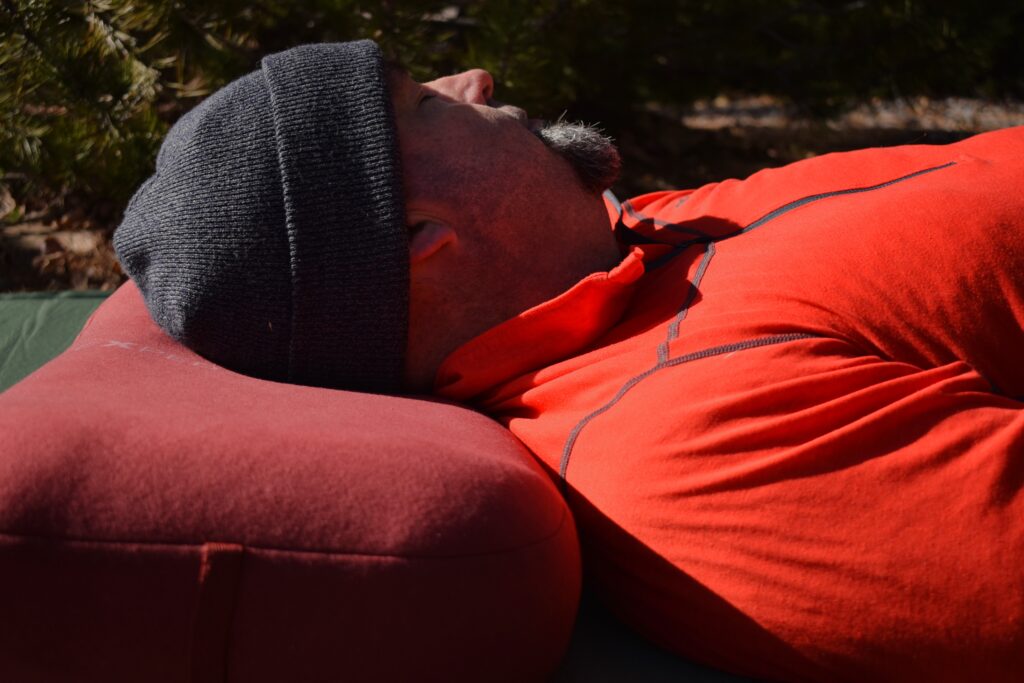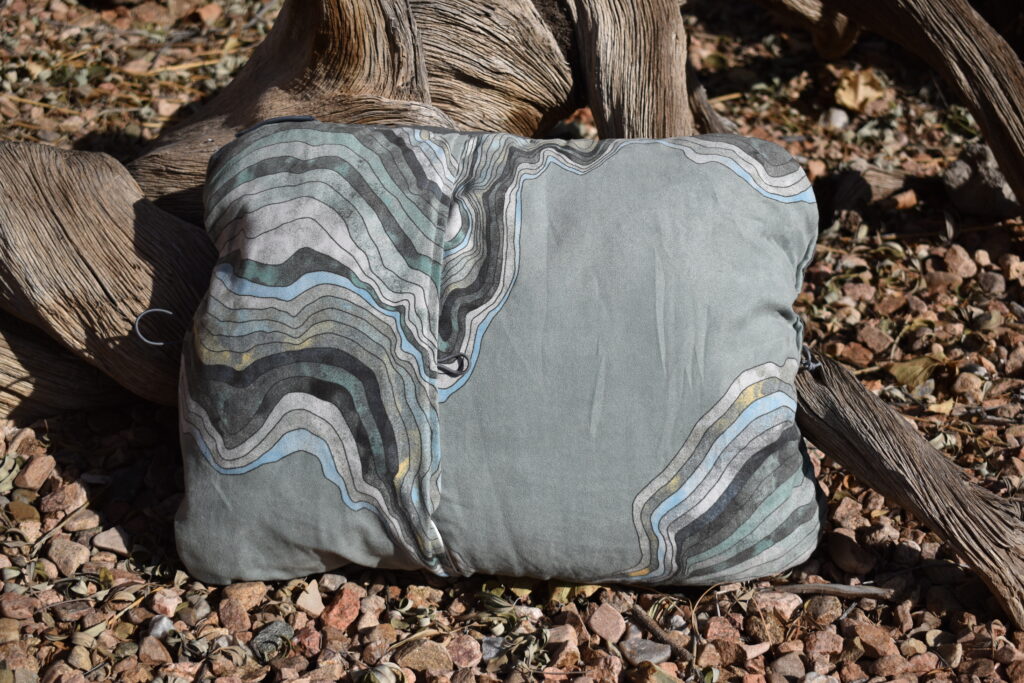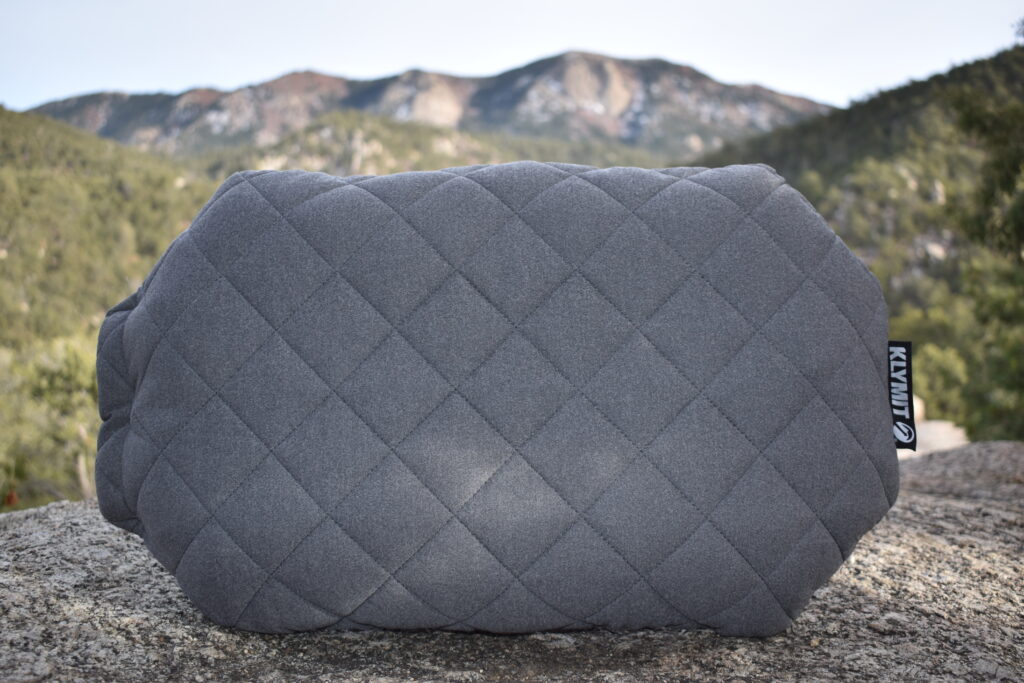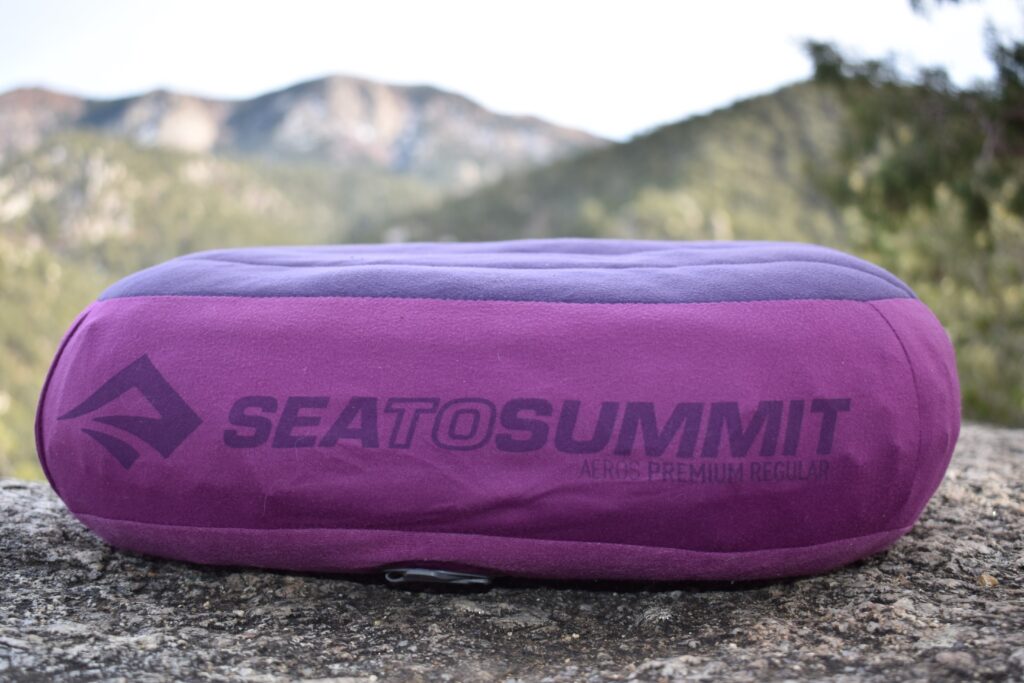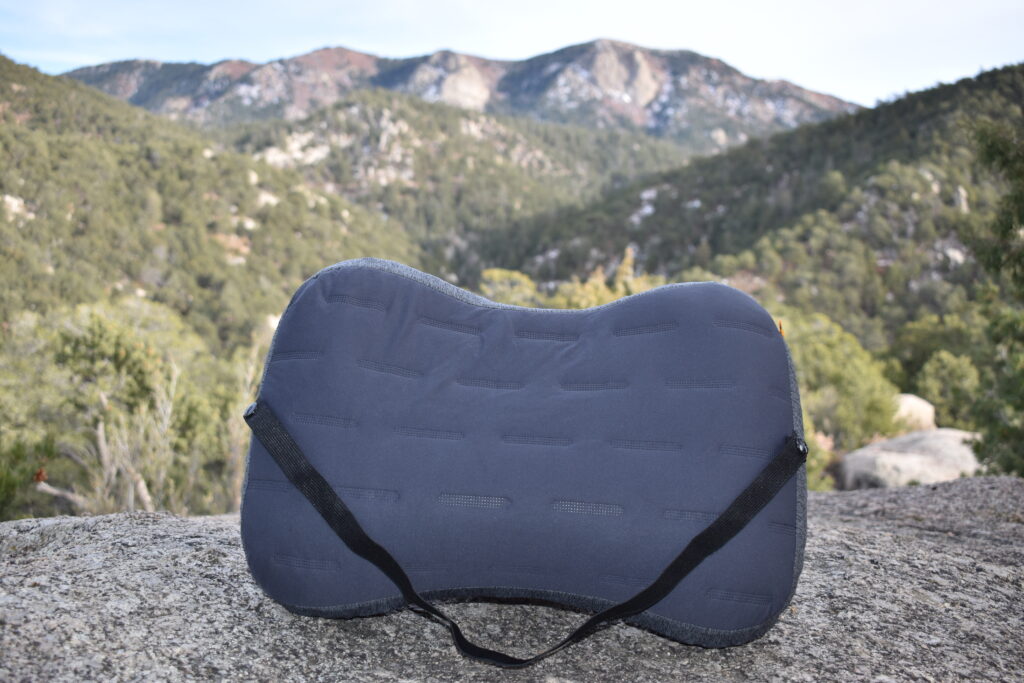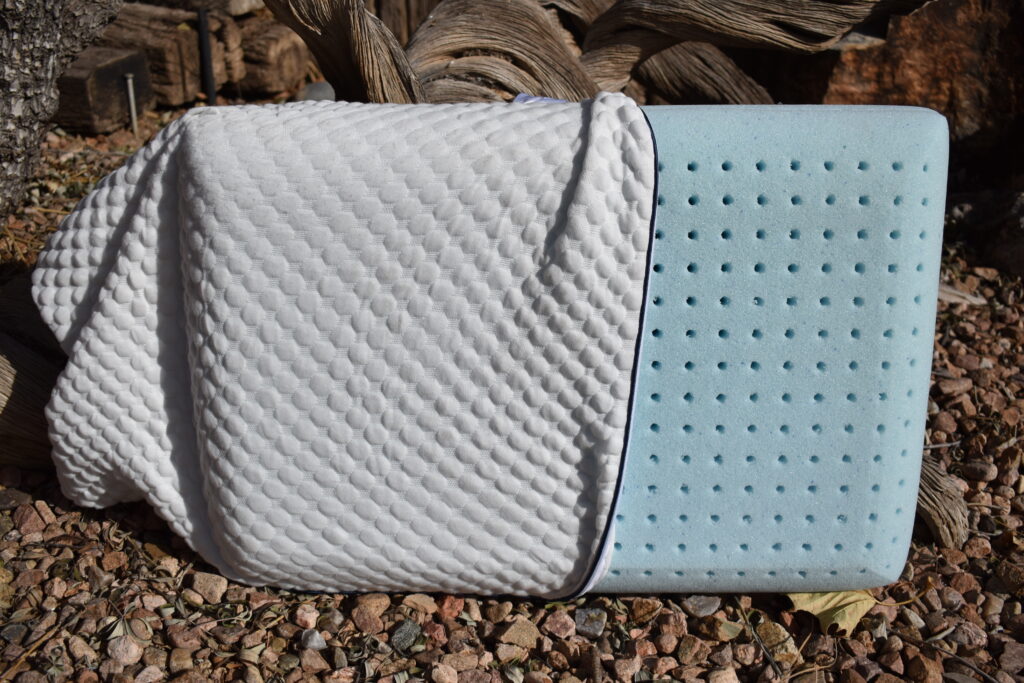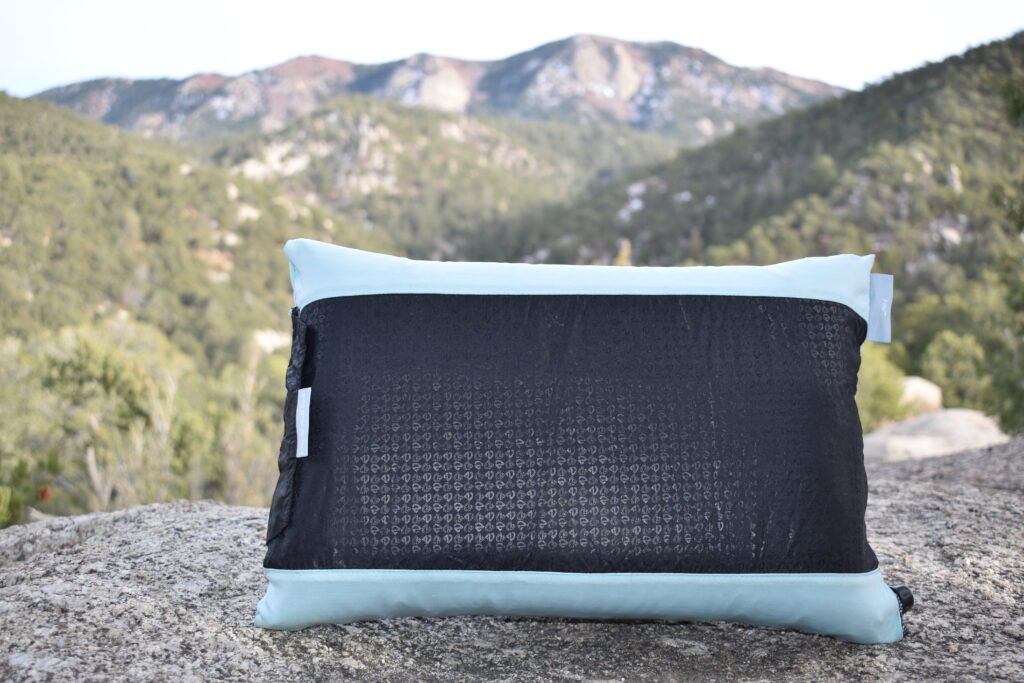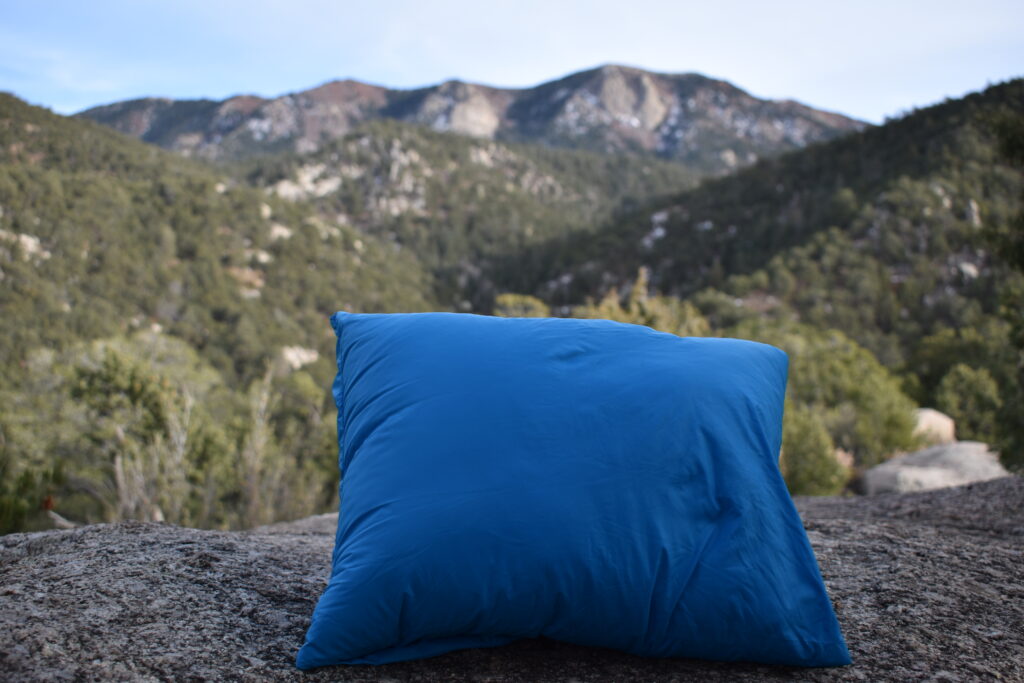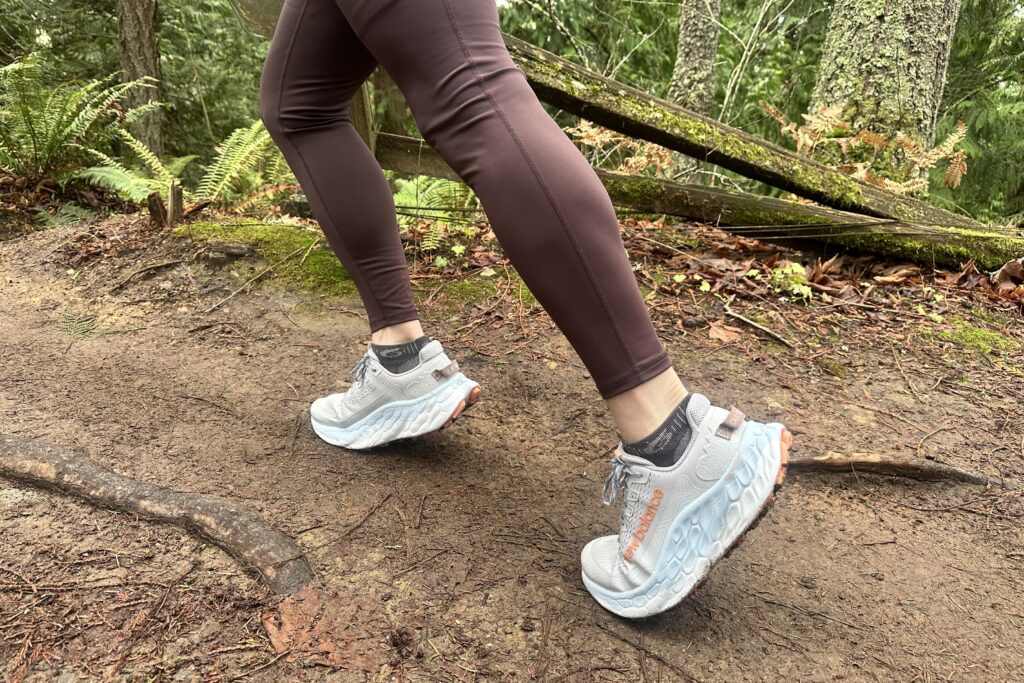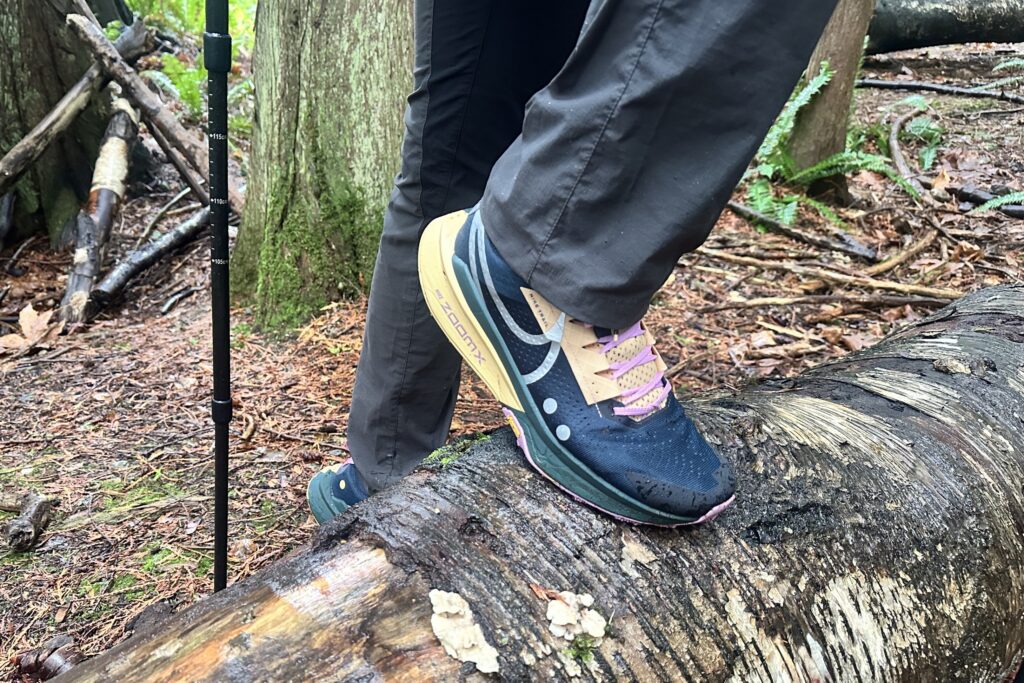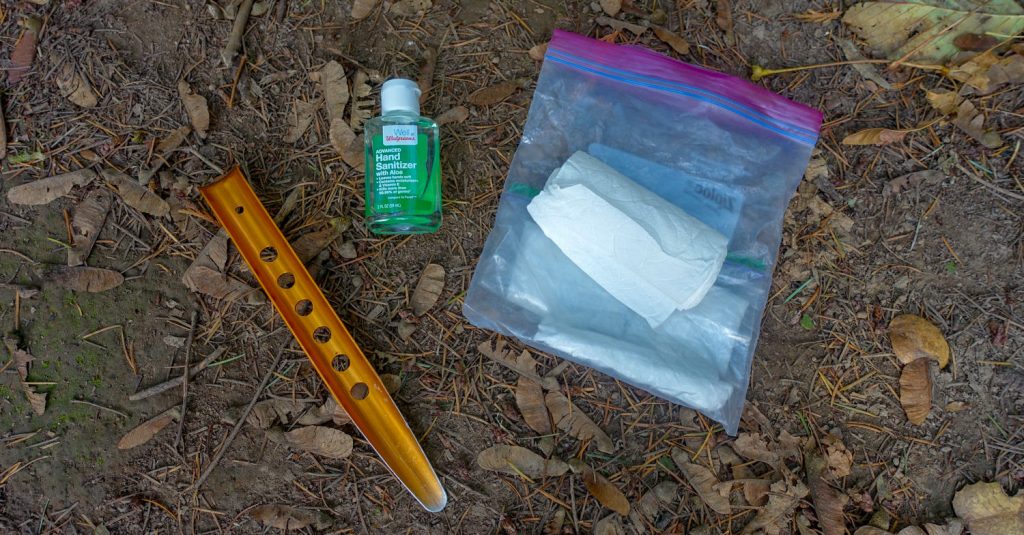
Bears do it, rabbits do it, heck, even lizards do it. So what’s so wrong with a human taking a turd in the woods and leaving it to the elements? What’s so special about human poop that merits burial? Well, it turns out there are a lot of good reasons why you should bury your scat. And sadly, improperly buried human waste (and soiled toilet paper) is by far the most common form of pollution we find in the wilderness. It’s sad, but very true.
With more than 2 million hikers and backpackers roaming the backcountry at any given time, it’s imperative that we all use a responsible and safe method for pooping in the woods. According to Leave No Trace, proper disposal of human waste is important to avoid pollution of water sources, minimize the possibility of spreading disease, and maximize the rate of decomposition. But it’s also just plain gross to hike around an area where human feces and pieces of used toilet paper are spread all over the place.
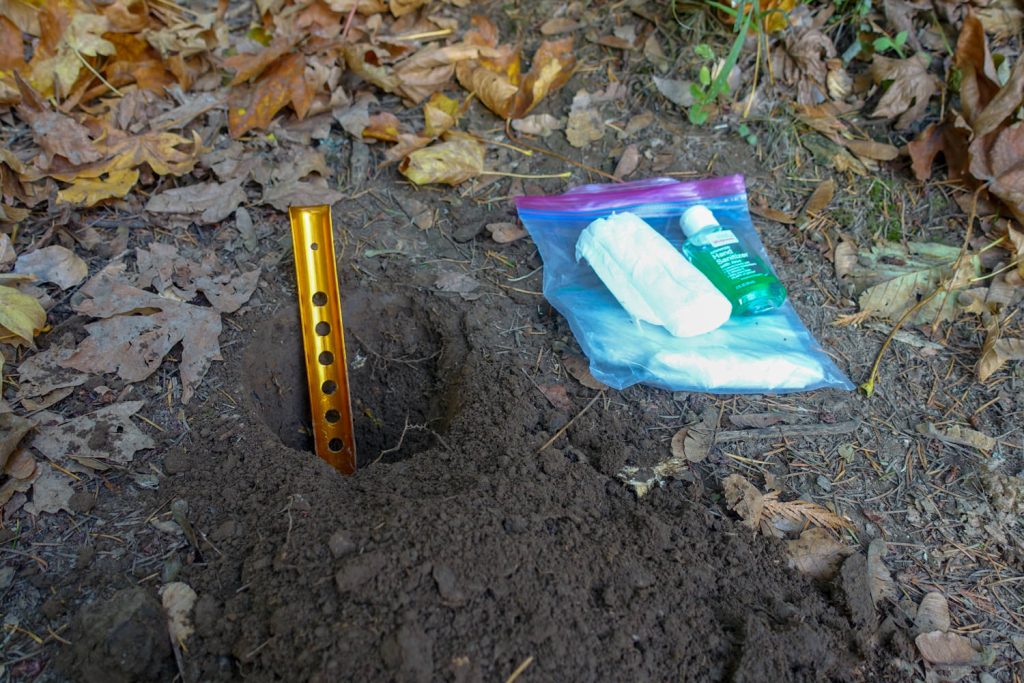
Why It’s a Problem
The problem of human waste in the outdoors was highlighted last May when a glacial geologist with the National Park Service told the Associated Press that North America’s tallest summit, Denali (20,310 feet), is being inundated with poo bags that climbers and hikers pitch into crevasses en route to the peak. The glaciologist, Michael Loso, says an estimated 215,000 pounds of excrement fills crevasses on the Kahiltna Glacier, the busiest trail in the Denali Wilderness. Loso has studied the waste buildup and says it stays close enough to the glacier’s surface to remain just below freezing; many strains of bacteria thrive in this environment. The Associated Press reports that it could likely migrate to other area as climate change brings greater ice melt and pushes the poo’s bacteria and parasites into closer proximity to animals and humans.
And this problem is not exclusive to glaciers. Here are a multitude of reasons why improper human downloads is a growing problems in our wilderness areas:
- Humans don’t eat as natural of food as animals. A lot of our food is processed and has traces of things not found in nature, which can end up in the soil, or attractive to curious or starving animals.
- A heavy rain or snow melt can send poo pathogens into waterways, ponds or even sinkholes that animals use for drinking water. Studies show human waste is a a major contributor to the prevalence of giardia in wilderness groundwater.
- People who don’t bury their poop are also not burying their toilet paper. And nothing is more disgusting than the annual summer TP bloom that occurs around July when wildlands get their most visitors. Trust us, we see it ever year, nearly everywhere we go.
- Camping near or accidentally finding someone else’s poop is just plain smelly and gross. That’s not the experience hikers are looking for when they head out for peace and tranquility in a beautiful backcountry location.
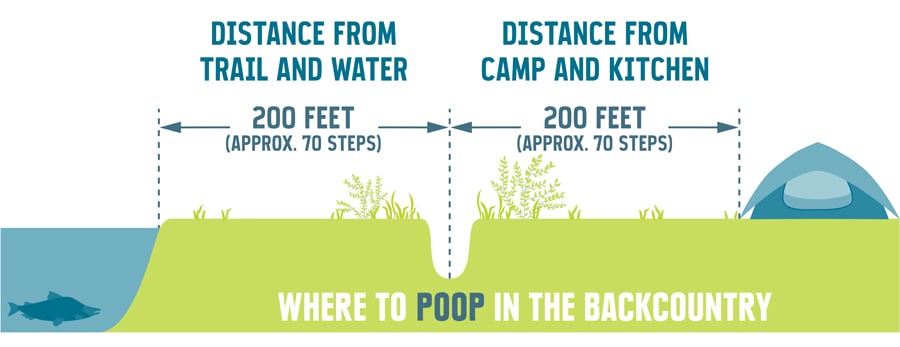
How to Properly Poop in the Outdoors
As you’re packing for your next backcountry adventure, one of your key considerations should be a proper waste disposal plan. Part of that plan will be addressing each of the topics below.
PICK A LOCATION
Here’s our suggestions for what to look for when it comes to finding the best place to drop trou in the outdoors:
A spot that is at least 200 feet (that’s about 70 paces) from all water sources, trails or campsites.
A less traveled spot near thick undergrowth, downed timber, or on a hillside.
Several spots over a wide area – if your camping with a group in the same area for more than one night. As LNT states: “don’t go to the same place twice.”
Look for a site with complex soil (dark and rich in color) or an elevated spot where water doesn’t normally travel during a rainstorm, and gets maximum sunlight (which aids decomposition).
In the desert, look for an area devoid of visible previous water flow (like dry sandy washes that flood during rainstorms). It should also have strong sun exposure (like south-facing slopes and ridge tops). The sun’s heat will penetrate desert soil several inches deep, so it can eventually kill poop pathogens.
Have A Disposal Method
Here’s a run down of your options, and where and when to choose one over another.
OUTHOUSE
When you’re staying in a backcountry campground and there’s an outhouse on site – use it. Many are engineered to be highly efficient compositors and aren’t as stinky as you would expect. And some even have magnificent views! Using an outhouse while in the backcountry contains human waste to a specific area, which is really important.
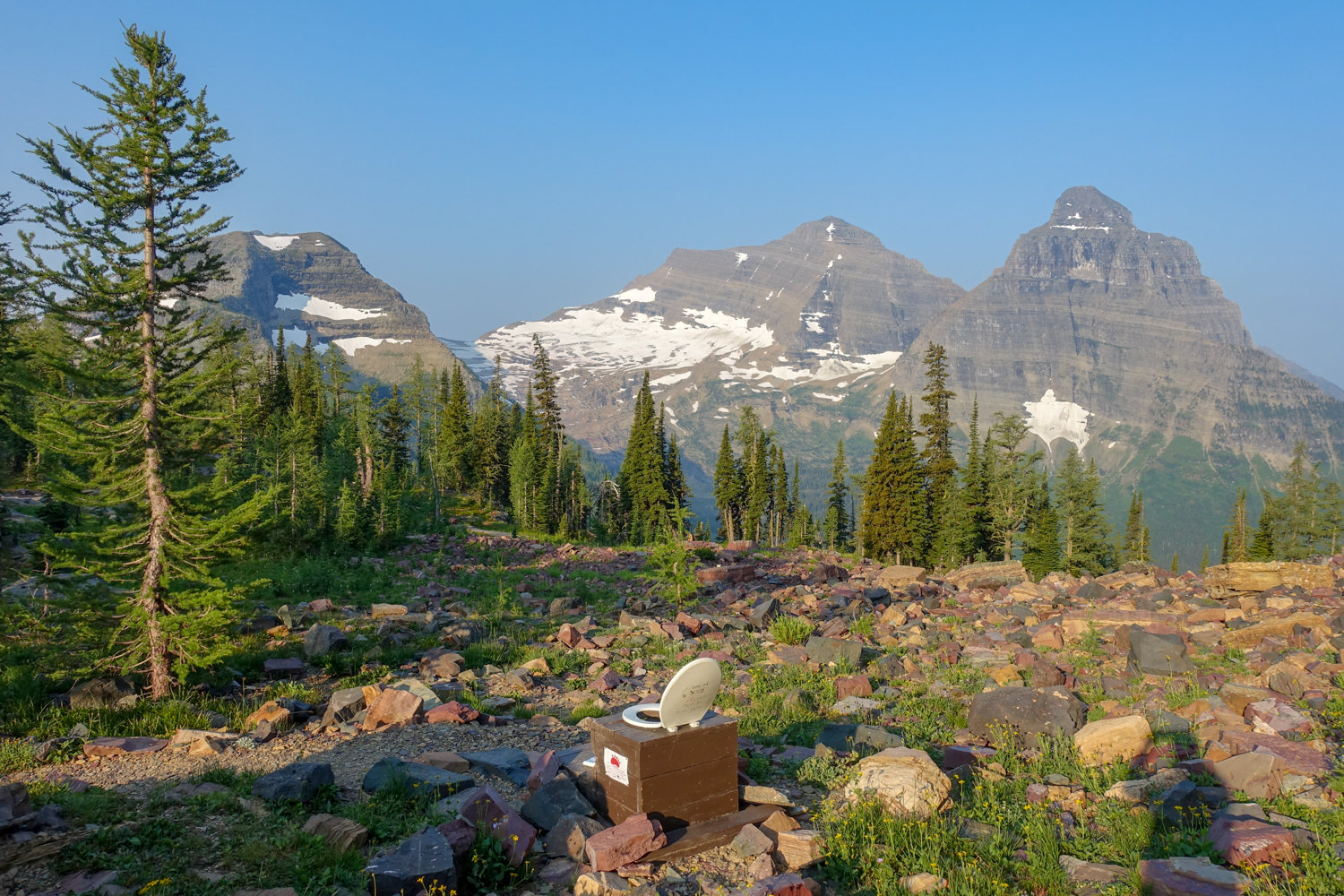
CATHOLE BURIAL
When no outhouse is present, digging a cathole is the most widely accepted method of backcountry human waste disposal. The pros are that they’re easy to dig in most areas, help disperse the poo rather than concentrate it in one area, and they hide your waste so that no one else needs to encounter it. But the slow decomposition rate means you need to choose the correct location, far from water, campsites, and other frequently used places. Also, digging a good hole has a lot to do with the spot you pick to dig. We highly recommend backpacking with a trowel (or a snow stake) to dig a good cathole.
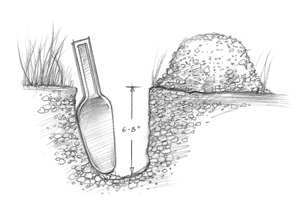
Find an appropriate place at least 200 feet from all water sources, trails or campsites.
Use a trowel or snow stake to dig a cathole 6-8 inches deep (about the length of the trowel blade) and 4-6 inches in diameter.
When finished, fill the hole with the dirt you dug out and disguise it with a handful of rocks or dead vegetation (leaves, tree branches, etc). Don’t place a big rock on it as that will make it harder for the heat of the sun to get to the poo to help break it down.
If you haven’t used biodegradable toilet paper, you’ll need to pack out your soiled TP. That may sound gross, but it’s really not that bad. Simply fold your used toilet paper, place it in a separate ziplock, and carry it out as trash.
Also, don’t burn your toilet paper; you’d be surprised how easy it is to start a wildfire.
Packing It Out
Packing out your waste is the most environmentally friendly method. That said, you’ll be hard-pressed to find many backpackers who are using this method unless it’s mandated by the wilderness area. Mandatory “carry-everything-out” programs actually started back in the 1980s, and some areas require this method of waste disposal to this day.
Commercial “WAG bags” are a very useful product when you’re traveling in an area that requires you to pack out all human waste. They’re easy to use and not nearly as gross as you might think. Keep in mind that most people poop about once a day, so plan accordingly for your trip.
Pick A Position
Here are some common strategies for squatting and successfully depositing:
THE SQUAT – Place your feet apart to find a good balance, pull your pants down to your knees and obtain a bottom out low squat position. Use a hand to pull your pants forward to keep them out of the line of fire.
THE THRONE – Look for a tree on a slight hill and go to the uphill facing side so that everything runs away from you. Plant your feet firmly, press your back against a tree (your thighs should be exactly parallel to the ground).
THE TRIPOD – Find a tree with a fairly slender yet sturdy trunk. Grab hold, grip it tightly, and lean back into a squat. Your feet should be near the base of the tree.
THE ASSIST – Look for a fallen log or a tree stump, you can basically sit down on it. Scoot back over it, hang your rear off it as far as you can without falling off and go for it.
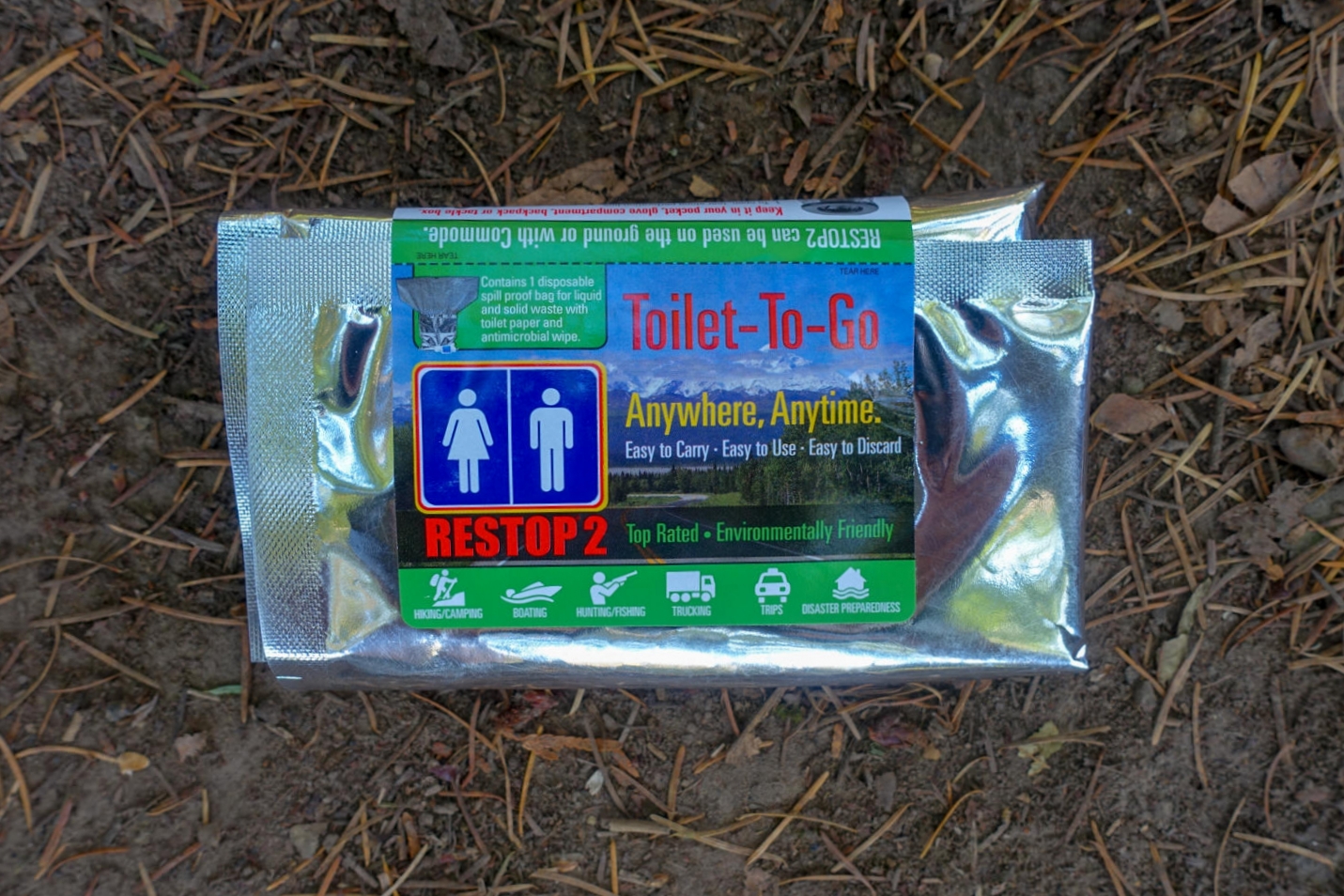
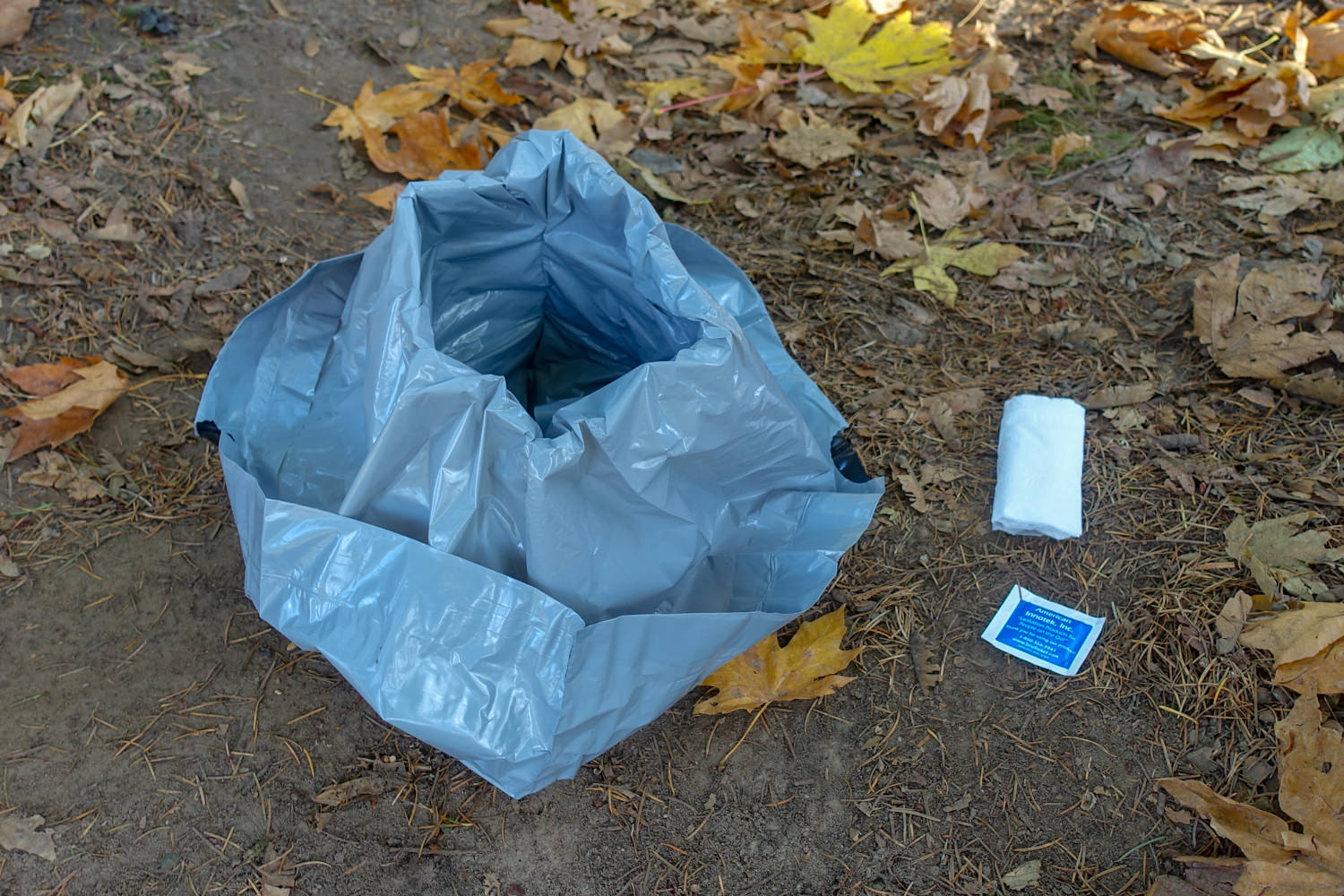
Clean Up
Toilet paper should be used sparingly. We recommend using plain, white, non-perfumed biodegradable toilet paper if you are committed to using a proper cathole technique and plan to bury it. Always make sure you know the regulations in the area you are hiking, as some places require you pack out all used toilet paper. The best and most foolproof way to ensure you leave no trace is to pack out your TP in a resealable plastic bag.
When used correctly, natural toilet paper (leaves, smooth rocks, snow, etc.) is just as sanitary as toilet paper. Is it the best option environmentally? That depends on which expert or land manager you ask. The biggest issue with natural materials is the risk of contaminating your hands and not having easy access to hot water and soap to remove it. Whatever you do, don’t forget to clean your hands thoroughly after you finish up. Hand sanitizer is an essential tool for any backcountry trip and should be used often.
What About Urine?
Human urine is much less dangerous than human fecal matter. That said, human urine can still cause problems in the backcountry. For example, some animals absolutely crave salts (goats and deer for example). So it’s fairly common to see them change their natural behavior to hang around areas where humans frequent. When they find human urine, they go nuts for it, digging up the dirt, damaging plant life, and often becoming a big nuisance.
This is another important reminder that even small human actions have impacts on the natural order, so here are some good guidelines to follow:
- For urinating, pick a spot 200 feet away from campsites and water sources as a courtesy to other humans.
- Pee on a large flat rock, gravel, or pine needles when you can. This will help disperse the urine and keep it away from vegetation, which salt loving animals may destroy.
- Another way to reduce pee impacts is to dilute urine with a spray of water from a water bottle to help minimize negative effects.

Conclusion
You love the outdoors. That’s why you’re out there, and probably why you’re reading this post. So please help keep our wilderness areas pristine for years to come. Improperly buried human waste is not only extremely gross, it’s also one of the biggest pollution problems our national parks are facing.
So please, always backpack with a sturdy trowel, dig deep catholes, use biodegradable toilet paper, and either bury your TP thoroughly, or pack it out and throw it away. If we all do our part, we can help keep our parks beautiful for generations to come.



